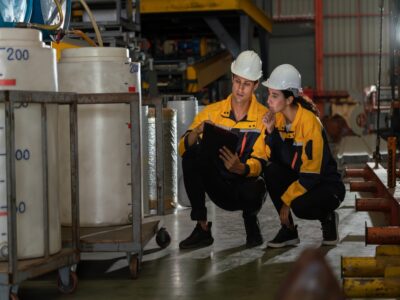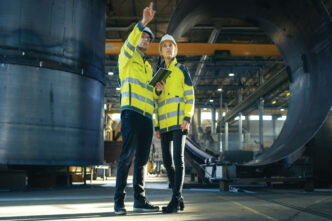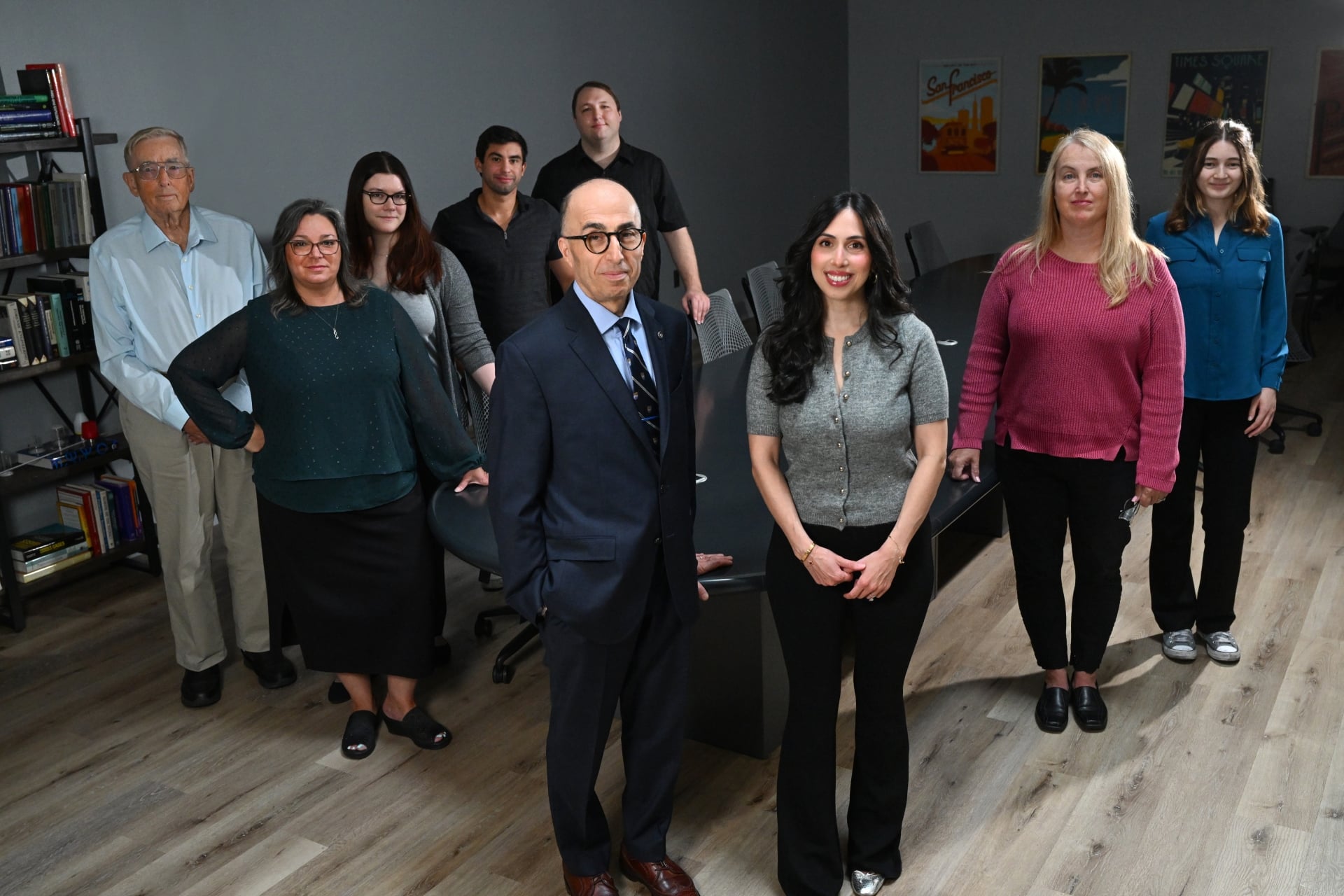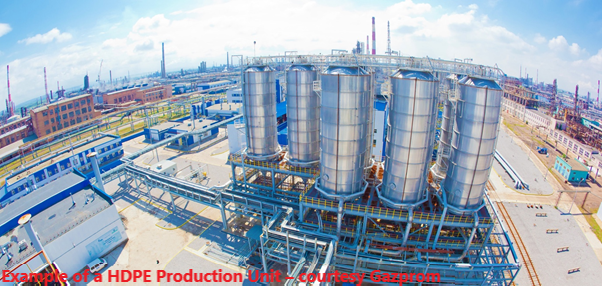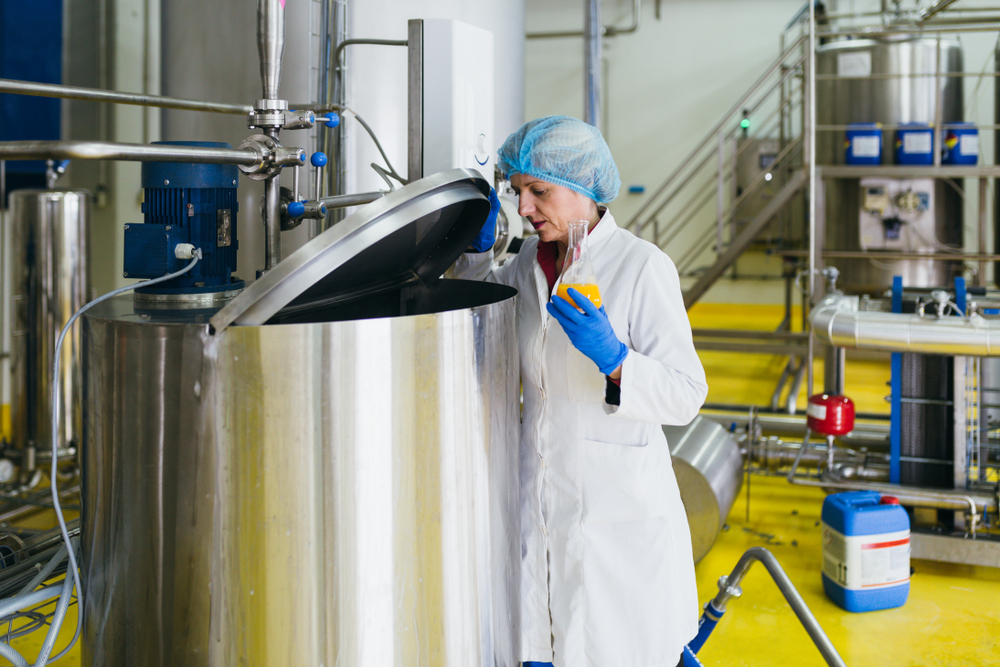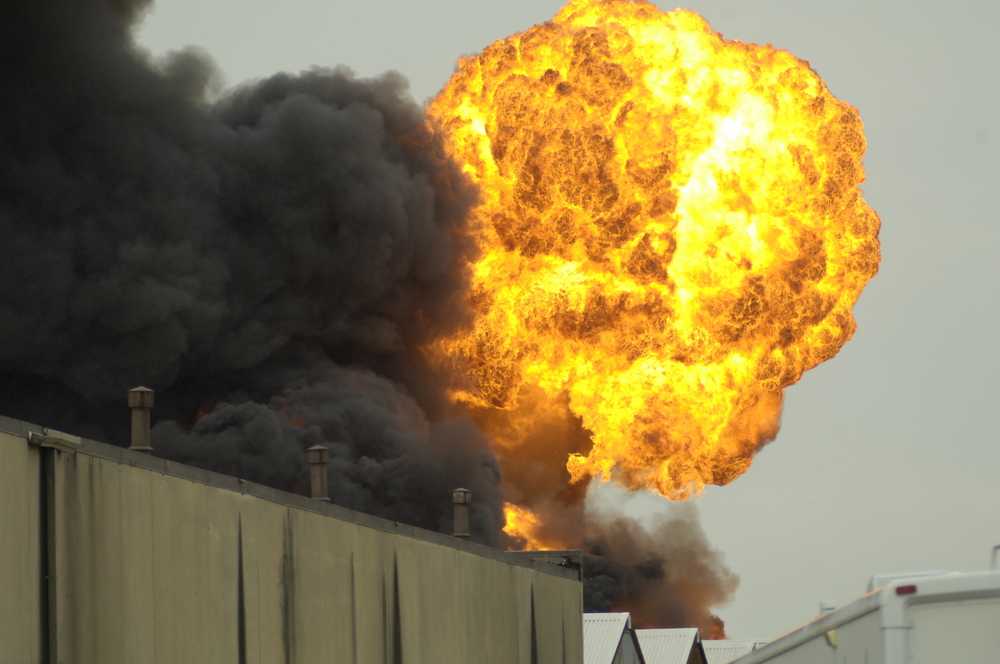Search
William de la Barre & Washburn A Mill Explosion: Tragedy, Heroism, & Industrial Safety
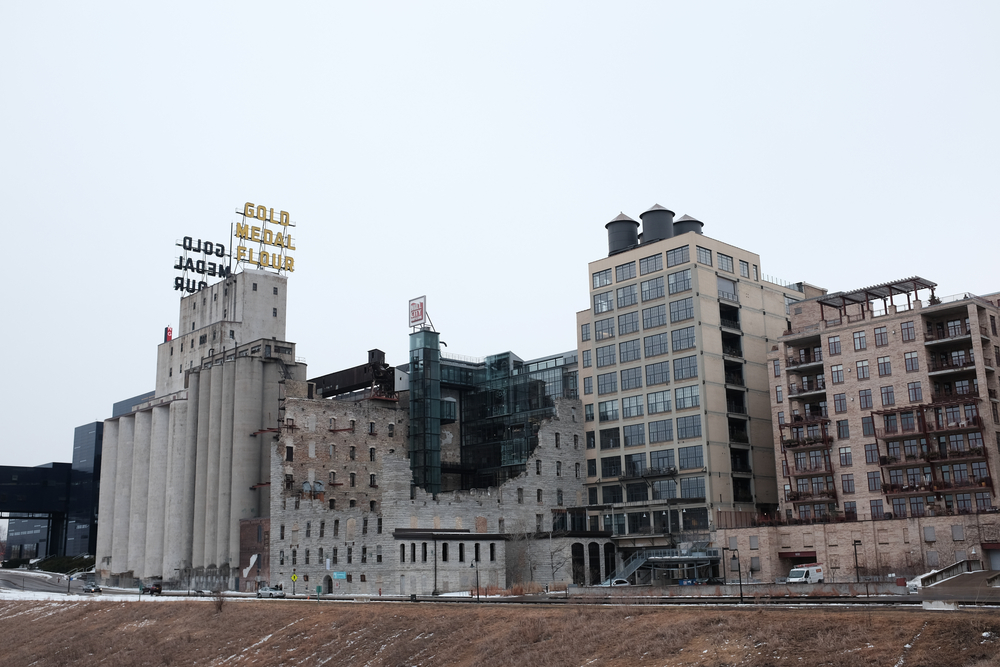
On May 2, 1878, the city of Minneapolis was struck by a devastating industrial disaster known as the Washburn A Mill Explosion. This catastrophic event not only resulted in the loss of numerous lives but also left an indelible mark on the history of industrial safety. At the center of this tragedy stood William de la Barre, an engineer whose innovative ideas and tireless efforts would influence the way society approached workplace safety.
In this article we explore the life of William de la Barre, the events leading up to the Washburn A Mill Explosion, and the lasting impact of this incident on industrial process safety. There is much in this story that is relevant today, from causes, to standards, regulation to training and a warning to those that fail to appreciate the devastating potential of the dust explosion. Read on to learn from our mistakes of the past!
William de la Barre
William de la Barre was a visionary engineer and safety advocate whose contributions influenced industrial safety practices. Born on April 15, 1849, in Vienna, de la Barre developed a keen interest in engineering from a young age.
His natural curiosity and innovative mindset propelled him to pursue a career in a field that would not only push the boundaries of technology but also prioritize the well-being of workers.
After study at the world renowned Polytechnique Institute in Vienna, his journey led him to Minneapolis, Minnesota, a city known for its flourishing flour milling industry. There he witnessed first-hand the harsh working conditions and hazards prevalent in the mills, an experience that seeded a passion in him for workplace safety in its broadest sense.
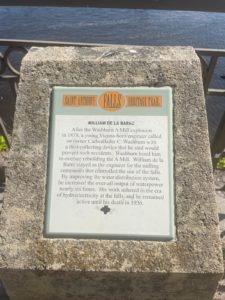
This passion led him to collaborate with mill owners, workers, and other engineers. He sought to develop innovative solutions that would reduce the risk of incidents and promote a safer working environment, and recognizing the dangers posed by airborne flour dust, he focused his efforts on finding effective ways to mitigate this hazard.
As De la Barre’s reputation as a visionary engineer and safety advocate grew rapidly, his expertise and dedication earned him the trust and respect of industry leaders, workers, and government officials alike. His work would soon be put to the ultimate test when tragedy struck the Washburn A flour mill.
The Washburn A Mill and Its Importance in Flour Milling
The Washburn A Mill, stood out amongst others as a symbol of technological advancement and production capacity. Built in 1874, the Washburn A Mill was the largest and most advanced flour mill of its time. It was owned by the Washburn-Crosby Company, which would later become General Mills.
Unfortunately, the mill’s operations generated significant amounts of flour dust, which filled the air and settled on multiple surfaces. As readers of our Process Safety Dispatch will be aware, flour is a combustible/explosible dust, and can pose a significant risk to both workers and the entire facility should an adequately dense dust cloud (concentration above Minimum Explosible Concentration) be ignited. Flour can be ignited by a variety of ignition sources including electrostatic sparks, grinding and friction sparks, hot surfaces, flame, and more, but precautions to guard against these were limited at Washburn A Mill. Furthermore, the plant did not have adequate means of removing the escaped dust. These factors –absence of dust extraction and lack of ignition source control – combined with an absence of safety knowledge and regulation, set the scene for a disaster waiting to happen. Tragically, this disaster did occur on the fateful day of May 2, 1878, forever changing the course of industrial safety practices and leading to the emergence of William de la Barre as a safety pioneer.
The Washburn A Mill Explosion
The events leading up to the explosion on May 2, 1878, portray a series of unfortunate events, ultimately culminating in the catastrophic explosion at the Washburn A Mill.
- The explosion is reported to have started when a spark ignited some flour dust suspended in the air within the mill, although the exact source of ignition remains unproven.
- As soon as the initial flour dust ignition occurred, a chain reaction was initiated. The explosion rapidly propagated throughout the mill, fuelled by the abundance of airborne flour particles. The pressure raised in the initial explosion also triggered secondary explosions and fires, further intensifying the chaos, and endangering those in the vicinity.
- The explosion unleashed a wave of destruction upon the Washburn A Mill. The force of the blast was immense, shattering windows, collapsing walls, and sending debris flying in all directions.
- The mill’s infrastructure was severely damaged, with sections of the building reduced to rubble.
- The impact of the explosion extended beyond the mill itself and through the surrounding neighborhood, causing widespread damage to nearby buildings and structures. Windows shattered, and debris rained down, turning the area into a scene of devastation.
- The explosion claimed the lives of many workers who were inside the mill at the time of the incident. The exact number of fatalities remains uncertain, but estimates suggest that between 18 and 22 individuals lost their lives in the disaster. Scores of others were injured, some critically.
The loss of lives and the destruction caused by the blast reverberated throughout Minneapolis and left the community in shock and mourning. The incident also drew attention to the dire need for improved safety measures in industrial settings, prompting a thorough investigation into the causes of the explosion and the implementation of preventive measures.
In the wake of the Washburn A Mill explosion, the focus shifted towards understanding how such disasters could be prevented in the future. This investigation would lead to the emergence of William de la Barre as a crucial figure in improving industrial safety and changing the landscape of workplace conditions.
William de la Barre’s Response and Contributions
William de la Barre took on the responsibility of investigating the disaster. Recognizing the urgent need for improved safety measures, he delved into the specifics of the incident, examining the factors that led to the catastrophic explosion.
De la Barre’s investigation focused on the role of flour dust as a combustible substance and its potential for causing explosions. He conducted experiments and analyzed data to understand the behavior of airborne flour particles and their ignition sources. Through his research, he discovered that even a small spark in the presence of a high concentration of flour dust could trigger a devastating explosion.
Armed with his findings, de la Barre set out to develop innovative safety designs and technological advancements to prevent similar disasters in the future. Recognizing that eliminating the presence of flour dust was essential, he designed and implemented dust collection systems within flour mills.
De la Barre’s dust collection systems consisted of large fans and intricate networks of ducts that efficiently captured and removed airborne dust particles. By preventing the accumulation of dust, these systems significantly reduced the risk of explosions in milling facilities.
The introduction of de la Barre’s dust collection systems revolutionized industrial safety practices. Flour mills across the country adopted his designs, incorporating them into their operations. The implementation of these systems effectively mitigated the risk of flour dust explosions, making milling facilities much safer for workers and the surrounding communities.
De la Barre’s contributions went beyond dust collection systems. He also advocated improved ventilation in other industrial settings, ensuring the removal of hazardous substances from the air. Additionally, he stressed the importance of safety training for workers, encouraging the development of safety protocols and the use of protective equipment. His pioneering efforts influenced safety practices in various industrial sectors, setting new standards for workplace safety and inspiring future generations of engineers and safety advocates.
The Legacy of the Washburn A Mill Explosion
The Washburn A Mill explosion served as a wake-up call for both industry leaders and lawmakers. Recognizing the urgent need for comprehensive safety regulations, the Minnesota State Factory Inspector’s Office was established in 1885. This office was responsible for inspecting industrial facilities, ensuring compliance with safety standards, and promoting worker well-being. It represented a significant step forward in protecting workers’ rights and preventing workplace accidents.
The lessons learned from the Washburn A Mill explosion had a profound impact on industrial safety standards. De la Barre’s dust collection systems and emphasis on ventilation and safety training became widely recognized as best practices. His innovations influenced the development of safety codes and regulations, not only in the flour milling industry but also in other sectors facing similar hazards.
Conclusion (and help from us)
The Washburn A Mill explosion, coupled with William de la Barre’s tireless efforts, is an important marker in the developments of standards and guidelines that we use today. NFPA 61 ‘Standard for the Prevention of Fires and Dust Explosions in Agricultural and Food Processing Facilities’ and more general dust explosion standards such as NFPA 654 ‘Standard for the Prevention of Fire and Dust Explosions from the Manufacturing, Processing, and Handling of Combustible Particulate Solids’ have a long history behind them. The Washburn A Mill Explosion serves to remind us why we have such standards and why we should take them seriously.
At Stonehouse Process Safety we are forever aware of the grim legacy of dust explosion in the United States and our dust explosion specialists remain at your disposal for free-of-charge initial discussions on your dust explosions issues. We also do our part by continuing in the tradition of William de la Barre, with our specialist’s participation and contribution to the dust explosion standards of today.
For more information on dust explosions in Agricultural and Food Processing Facilities check out our NFPA 61 review here and statistics on explosions in the US grain facilities here.
Reference
Mill City Museum, Minneapolis https://www.mnhs.org/millcity

Get in touch
To learn more about our expertise and services in dust explosion prevention & mitigation, call us at +1 609 455 0001 or email us at [email protected] today.
We also offer tailored virtual and in-company process safety training programs on Dust Explosions, Static Electricity and HAC (Hazardous Area Classification) and more. Find further information here.


